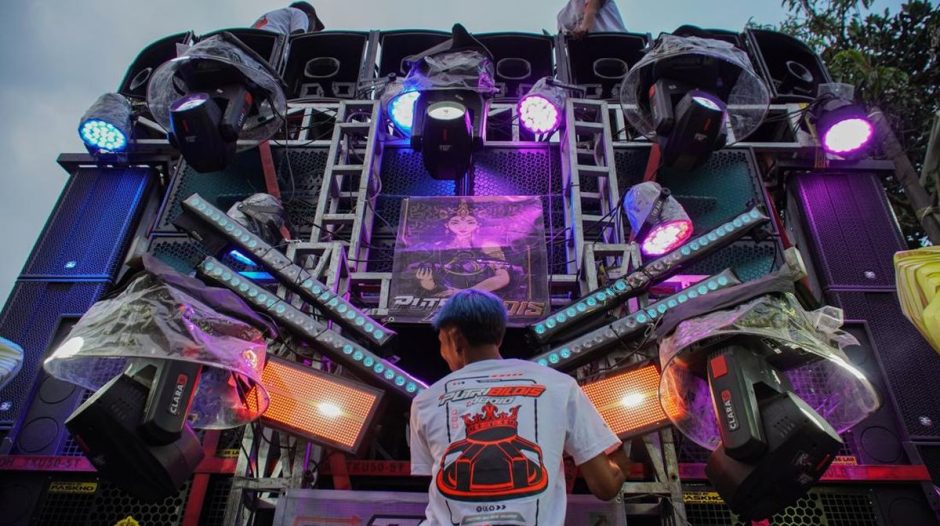1. Start with the Venue
- Size & shape matter: A small club needs a very different setup than a stadium.
- Indoor vs outdoor: Indoors require control of reflections; outdoors need more power and subs since there are no walls to reinforce bass.
- Audience area: Think coverage, not just loudness.
2. Know Your Audience Size
- Up to 300 people → 2 tops + 1–2 subs often enough.
- 300–2,000 people → small line array or multiple point-source boxes with several subs.
- 2,000+ → full flown line arrays, delay towers, and sub arrays.
3. Match the System to the Music Style
- Acoustic / Jazz → prioritize clarity and natural sound.
- Rock / Pop → balanced system with strong low end.
- EDM / Hip-Hop → heavy subwoofer power for deep bass impact.
4. Choose Between Point Source & Line Array
- Point Source: Compact, cost-effective, best for smaller venues.
- Line Array: Scalable, evenly covers large or wide audiences, but requires rigging and expertise.
5. Don’t Skimp on Subwoofers
Subs provide the physical “punch” of live music. Use cardioid or end-fired sub setups to control low-frequency spread and avoid muddy sound on stage.
6. Prioritize a Quality Mixing Console
- Digital consoles give you flexibility, scene recall, built-in effects, and easy routing.
- Match channel count to the band: 16–24 for small acts, 48+ for larger productions.
7. Plan for Monitoring
- Floor wedges: Budget-friendly but risk feedback.
- In-ear monitors (IEMs): Cleaner stage sound, preferred by pros, but cost more.
8. Factor in Power & Headroom
- Aim for 100–115 dB SPL at FOH for most concerts.
- Always buy for headroom — a system run at 60–70% sounds better and lasts longer than one pushed to the limit.
9. Consider Hidden Essentials
- Cabling & snakes
- Rigging hardware
- Power distribution
- Transport cases
- Spare gear (mics, DI boxes, cables, amps)
10. Hire a Sound Engineer
Even the best system won’t shine without a skilled operator. Budget for an experienced FOH engineer — it’s the smartest investment for a great-sounding show.
